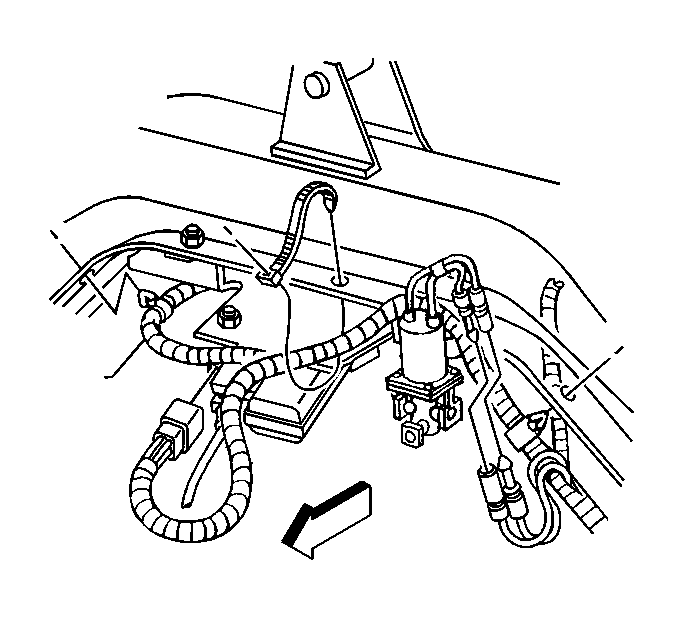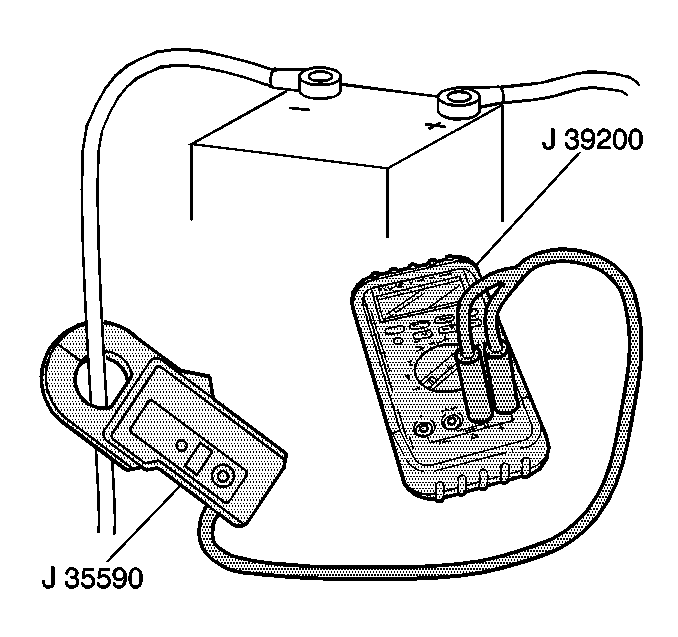Notice: Do not operate the starter motor continuously for more than 30 seconds
without pausing to allow it to cool at least 2 minutes. Overheating from excessive
cranking will seriously damage the starting motor.
Tools Required

Caution: Unless directed otherwise, the ignition and start switch must be in the OFF or LOCK position, and all electrical loads must be OFF before servicing
any electrical component. Disconnect the negative battery cable to prevent an electrical spark should a tool or equipment come in contact with an exposed electrical terminal. Failure to follow these precautions may result in personal injury and/or damage to
the vehicle or its components.
Testing
the starter motor against the specifications while the starter motor is on
the vehicle is impossible.
Use the following procedure in order to test for excessive resistance
in the starting circuit:
- Ensure that the vehicle is at room temperature. Colder weather
causes higher resistance in the circuit.
- Ensure that the battery is fully charged.
- Remove the surface charge if the battery was recently charged.
- Perform a load test. Refer to
Charging System Check
.
- Connect J 39200
across
the battery. The J 39200
should
show at least 12 volts.
- Crank the engine.
- Measure the voltage.
Excessive resistance exists in the circuit if the voltage drops more
than 2 volts.
- Inspect the ground circuit for the following conditions:

- Inspect the starter ground.

- Connect J 39200
from the negative terminal of the battery
to the ground stud on the engine block near the starter motor.
- Crank the engine.
- Measure the voltage.
J 39200 should read
about 0.2 volt.
Excessive resistance exists in the ground circuit if the reading is
0.5 volt or higher.
- Remove the starter motor for repair if excessive resistance exist
but the following components are in proper condition:



